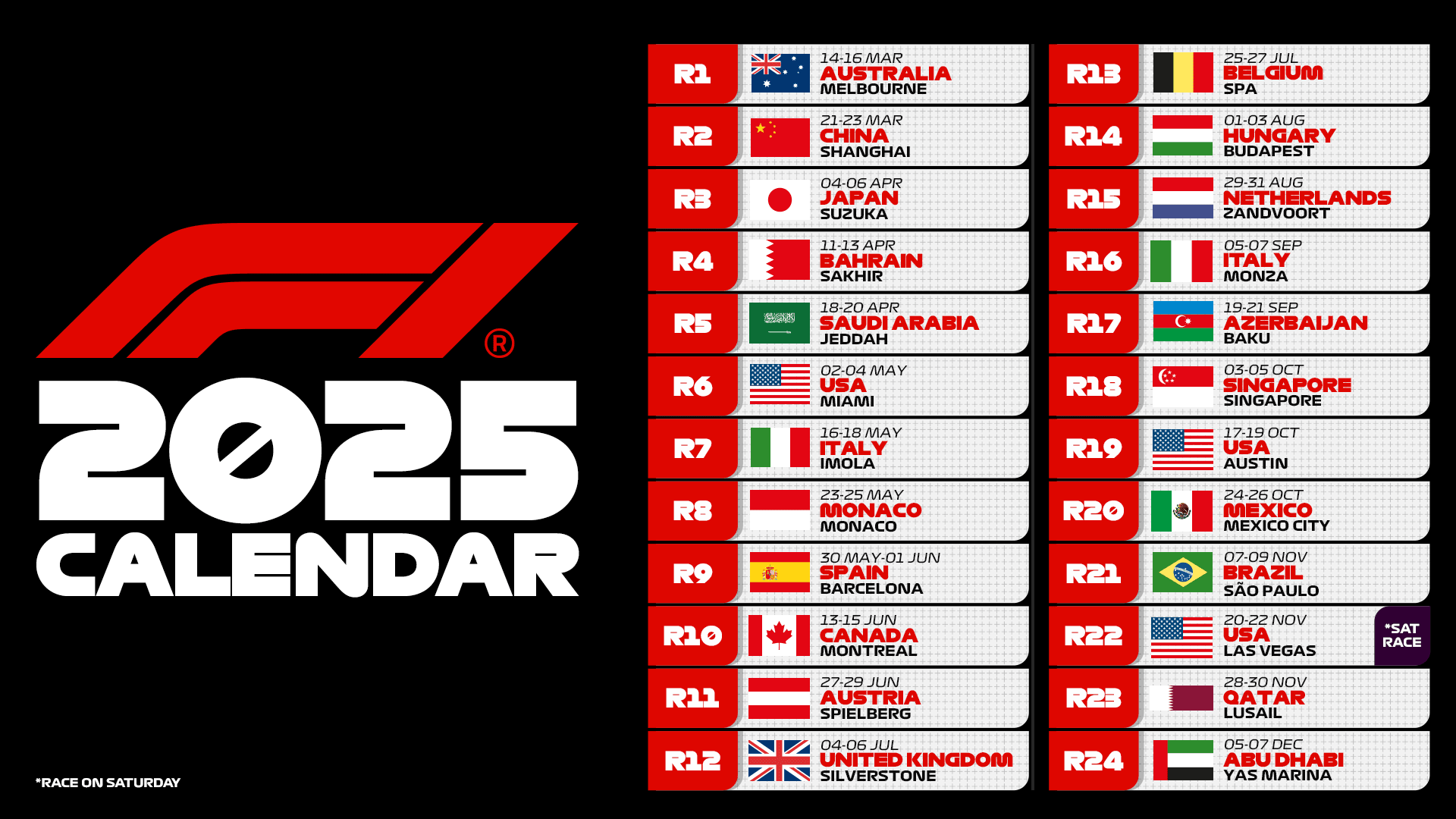
The boldness shown in the new projects is the common thread between Ferrari and McLaren on the eve of the championship. However, while the numerous modifications do not seem to unsettle the car of the world champions, the new Ferrari still suffers from growing pains. The Maranello team has yet to find the optimal balance, an area where Max Verstappen and Red Bull are also dissatisfied. Mercedes hopes to take advantage of this, benefiting from good consistency in race simulations, but with the uncertainty of temperatures.
McLaren: new but familiar
The world champions do not succumb to the temptation of chasing lap times, instead impressing with their consistency over long runs. The new Pirelli tires, low temperatures, and uncertainties regarding engine mapping suggest caution in reading absolute references, but the immense progress made on a track that was challenging for McLaren at the start of 2024 is undeniable. The Woking car has made great strides in medium-low-speed corners, aided by the new wind tunnel, whose larger dimensions facilitate analysis at extreme steering angles and yaw. This remains a key focus for the British team, as evidenced by Norris’ morning tests at moderate speeds (140 km/h), repeatedly reaching the maximum steering angle.
On-track experiments and extended garage time confirm how much McLaren has changed, both mechanically and aerodynamically. Yet, the drivers perceive the car as similar to its predecessor—predictable in handling and setup. This continuity places McLaren ahead in preparation, despite room for improvement. The rising temperatures on Friday, with the asphalt exceeding 30°C in the morning compared to 20°C on Thursday, amplify the rear-end instability already noted by Lando Norris, the only blemish in an otherwise very convincing three-day test.
Ferrari seeks balance
The state of the Prancing Horse is best reflected in Charles Leclerc’s expression—aware of the work ahead but not despairing as if the shortcomings were insurmountable. The SF-25 introduces many innovations, most notably the switch to a pull-rod front suspension, but not only that. It was not a given that the correlation between on-track data and simulator/wind tunnel predictions would be confirmed, nor that aerodynamic instability or uncontrollable bouncing—issues seen in 2023—would be absent.
The issues mainly concern balance, pushing the Scuderia to work extensively on setup, evaluating its impact both on a single lap and with a full fuel load on medium tires (C3), a scenario Ferrari tests more than any other team. The shortcomings in balance are particularly evident in race pace, with rear-end sliding overheating the tires, creating a vicious cycle. It is possible that Ferrari is simply going through a normal learning curve, given that the car has also changed in its behavior, with a much sharper front end to improve mid-corner rotation. The outlook suggests a Ferrari with significant room for growth, but with some caution. The situation would be far more concerning if the weaknesses were “structural,” with aerodynamic balance fluctuating more than necessary—an issue Red Bull has been dealing with since last summer.
Waiting for Max Verstappen
Red Bull stands out for its approach, contrasting with its 2024 testing strategy. Last year, the Milton Keynes team focused primarily on race pace, whereas now Max Verstappen is limiting himself to very short simulations. The Dutch champion is instead dedicating time to numerous setup tests, repeatedly adjusting the suspension while alternating between the old and new front wings, the latter introduced earlier than its planned debut in Melbourne. The progress the team speaks of is visually evident, although the RB21’s balance is not yet optimal. Understeer on corner entry appears on multiple occasions, punctuated by Max Verstappen’s frustrated punch on the steering wheel. Experience teaches never to underestimate Red Bull, but expecting another dominant start seems unrealistic.
In Australia, there will also be great curiosity about Mercedes, which has shown promising signs but not without question marks. Testing in Bahrain has been atypical, with air temperatures rarely exceeding 20°C, suiting the preferences of the 2024 project but challenging the Silver Arrows to prove they have reduced their sensitivity to high temperatures. However, the tests have provided crucial insights into rear tire management, a chronic weakness for Brackley. Notably, George Russell’s race simulation is encouraging. In the middle stint, the Briton completed 21 laps on the C2 tire, consistently lapping between 1’35’’0 and 1’35’’3, on par with Oscar Piastri on the more durable C1, as they await a more telling comparison in Melbourne.
Show your support for Scuderia Ferrari with official merchandise collection! Click here to enter the F1 online Store and shop securely! And also get your F1 tickets for every race with VIP hospitality and unparalleled insider access. Click here for the best offers to support Charles and Lewis from the track!
A Partial Picture
McLaren emerges from testing as the team with the most promising outlook. Red Bull and Mercedes are positioning themselves as the main challengers, as is Ferrari, especially once it can fully exploit its potential. However, this remains a provisional picture and a very limited snapshot of the key performance factors over the course of the season. Bahrain has tested the teams under low temperatures, rough asphalt, and a layout that stresses rear tire degradation—conditions completely opposite to Melbourne, where managing front-axle graining will be crucial. Furthermore, the calendar includes only three Grands Prix in the next month and a half, a period in which development could significantly reshape what has been seen so far.












.png)

Leave a Reply